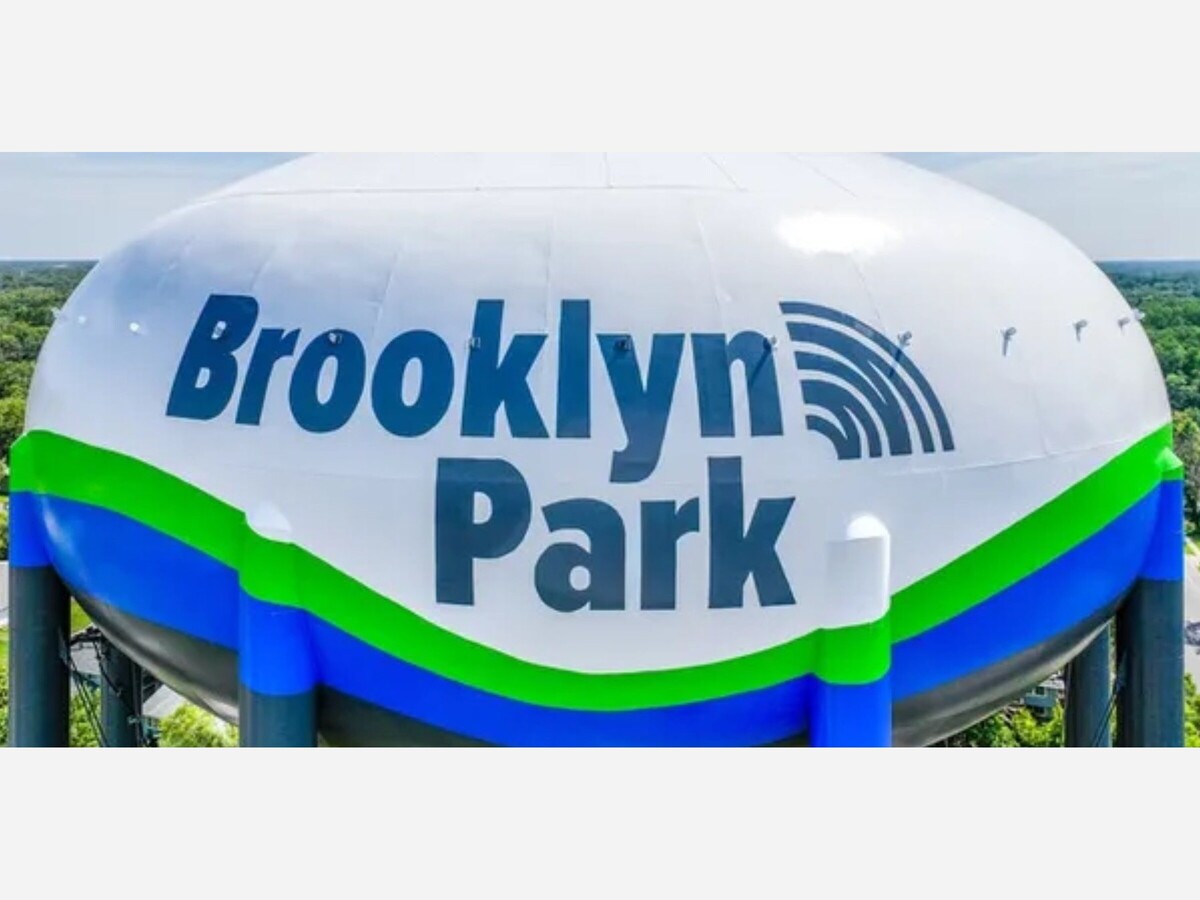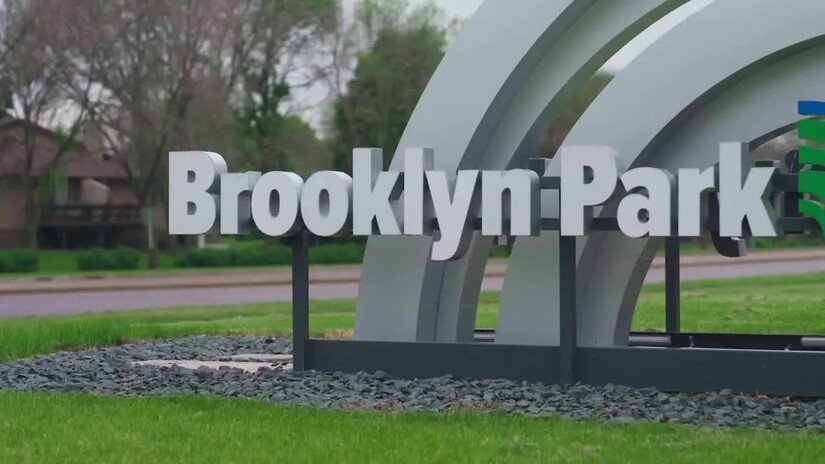Image


BROOKLYN PARK, Minn. — The Brooklyn Park City Council has formally adopted the Northwest Growth Area Plan, a sweeping and long-term development framework that will guide the transformation of more than 700 acres of largely undeveloped land in the city’s northwest corner into a hub for innovation, housing, and commerce.
Approved on September 8, 2025, the preferred land-use scenario marks a major milestone in a planning effort that has spanned nearly a year of consultation with planners, stakeholders, and residents. City officials describe the project as a blueprint for expanding the city’s tax base, generating thousands of jobs, and creating a more connected, sustainable community.

The Northwest Growth Area (NGA) is strategically located near Highway 610 and U.S. Highway 169—one of the last large contiguous greenfield sites in Brooklyn Park. The plan calls for a balanced mix of industry, housing, parks, and multimodal connections, anchored by the state-legislature-established Brooklyn Park Biotech Innovation District.
Biotech Innovation District:
At the heart of the development is the Biotech Innovation District, designed to attract and expand businesses in biotechnology research, development, and manufacturing. City leaders anticipate that the district could create between 5,000 and 10,000 new jobs, strengthening Brooklyn Park’s position as a regional economic leader while easing property tax burdens for residents.
Transit-Oriented Development:
The plan is closely integrated with the METRO Blue Line Extension, which will include the future Oak Grove Station near the site. City planners envision a walkable, mixed-use district where residents can easily access transit, shops, and workplaces.
Diverse Housing and Commerce:
The preferred land-use scenario includes a range of housing options—from low- to high-density residential and mixed-use neighborhoods—to meet the needs of a growing and diverse population. It also provides for commercial and light industrial areas to support small businesses and innovation-based enterprises.
Multimodal Connectivity:
The plan emphasizes strong connections for pedestrians, cyclists, and public transit users, linking new neighborhoods with existing infrastructure such as the Rush Creek Regional Trail.
City officials say the adopted plan reflects months of robust community engagement, including open houses, workshops, and online feedback collected throughout 2025. “This is a forward-looking, community-driven plan,” said Mayor Hollies Winston, who emphasized the project’s potential to generate long-term economic stability and opportunity.
“If we just pursue it in a fair and equitable fashion, people are going to have opportunities that they never had before,” Winston said. “The goal is not only to grow, but to grow together.”
With the preferred scenario now adopted, the city will move forward with an Alternative Urban Areawide Review (AUAR) to assess environmental impacts. City staff expect to present the AUAR scoping document for approval in October and complete the review by the end of the year. A comprehensive plan amendment and implementation strategy are anticipated in early 2026.
Officials say the process will continue to evolve through further technical work and public engagement as Brooklyn Park seeks to position the Northwest Growth Area as a model for equitable, sustainable development.
If realized as envisioned, the Northwest Growth Area could stand as one of the most transformative projects in the city’s history—expanding economic opportunity, supporting innovation, and shaping Brooklyn Park’s future for decades to come.